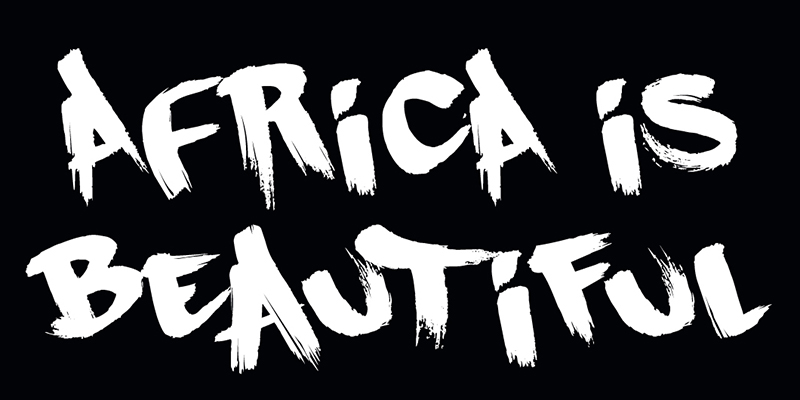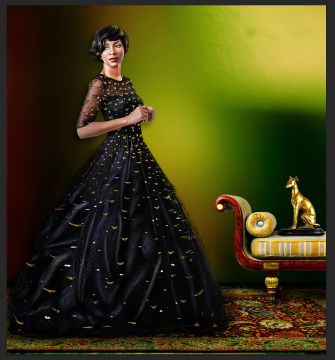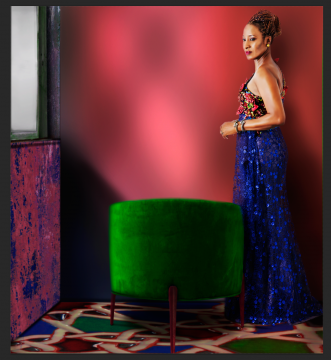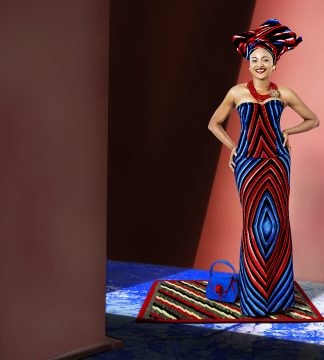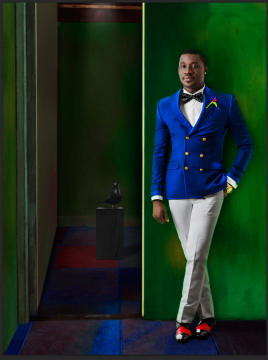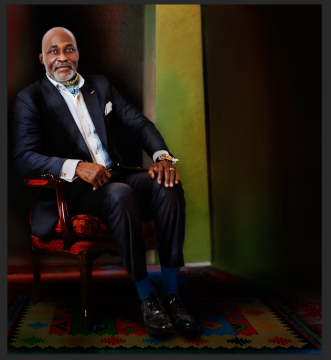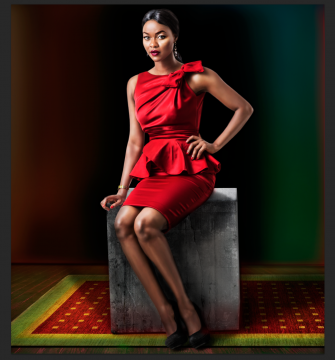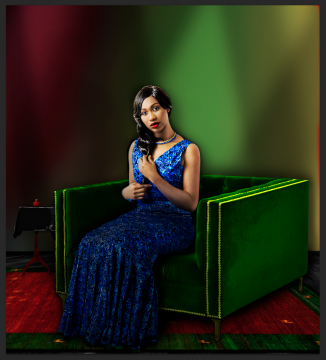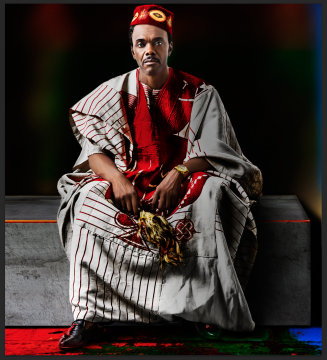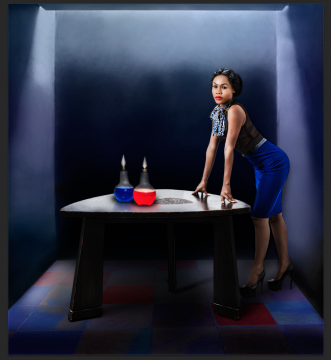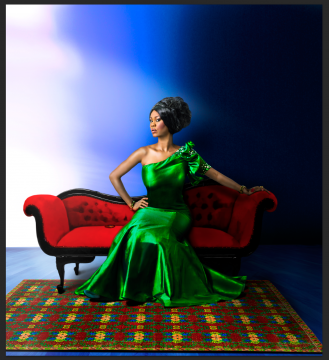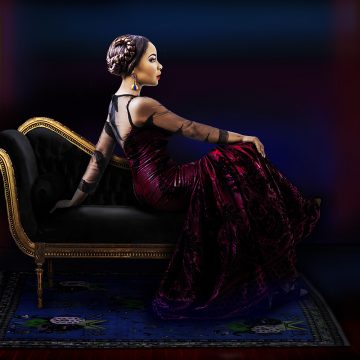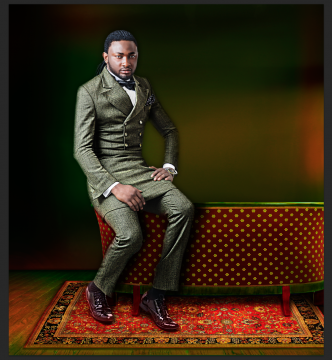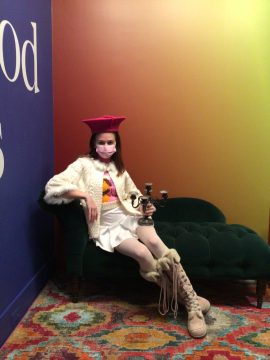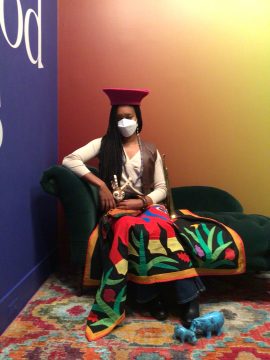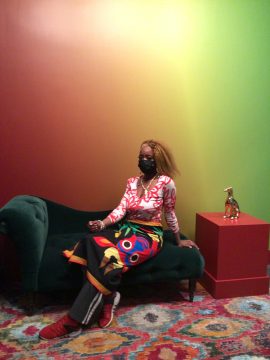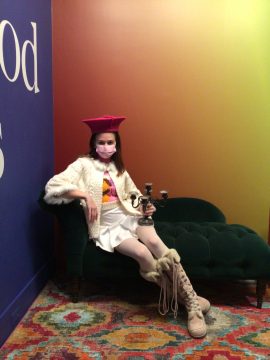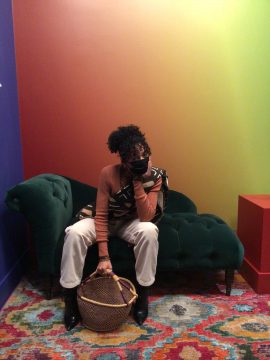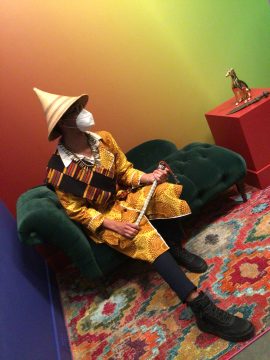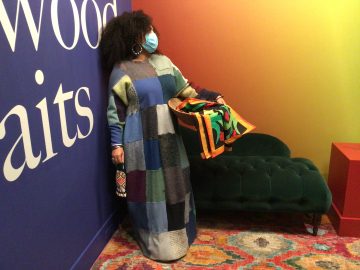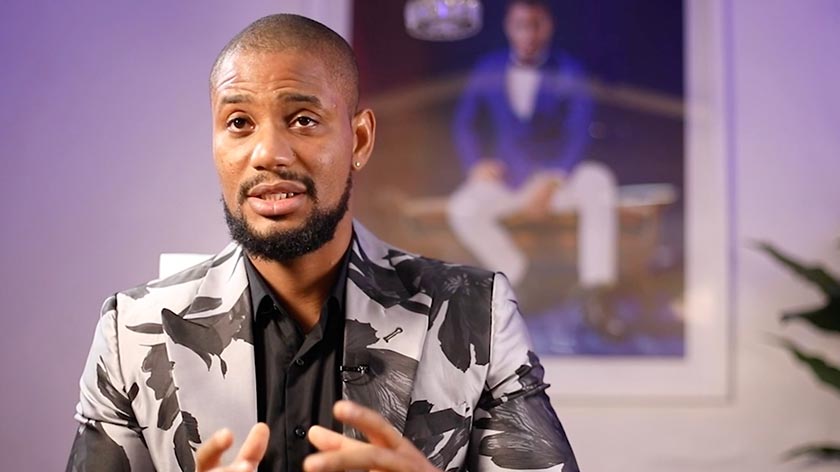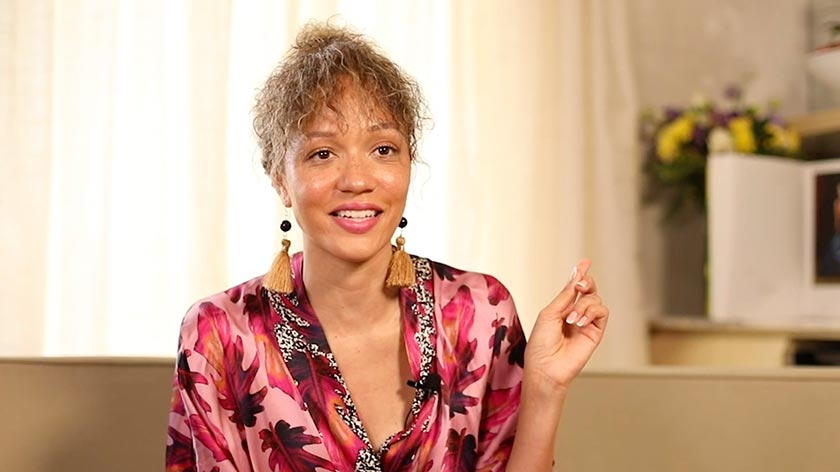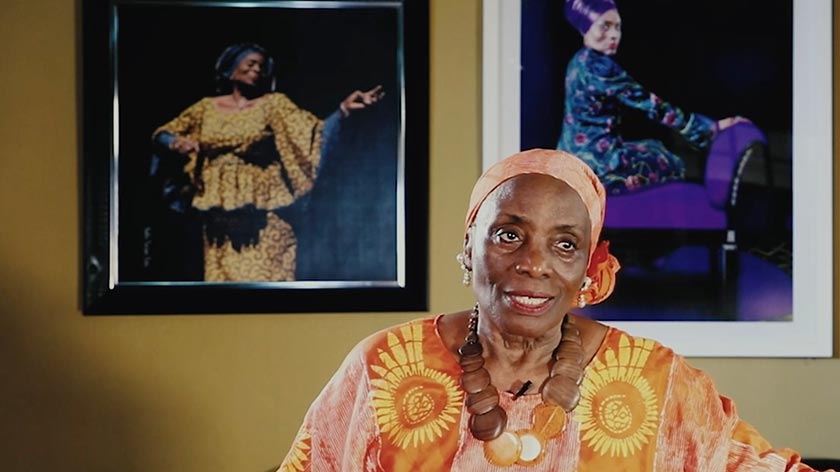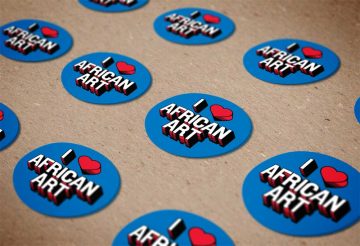The Exhibition
Nollywood is the new face of Africa: it is modern, postmodern, bold, sexy, wicked, shrewd and with a contagious attitude worth catching.
—Iké Udé, 2016
A Radical Beauty
Multimedia artist Iké Udé celebrates the luminescent beauty and mystique of African visionaries by turning his lens on the talented people who drive Nollywood, Nigeria’s $3 billion film industry. Known for his performative and iconoclastic style and vibrant sense of composition, Udé’s photographs use color, attire and other markers to make elegant yet unexpected portraits. His photographs make a bold statement about the power of African identities, despite centuries of attempted erasure by Eurocentric art history and notions of beauty.
The sumptuous details in these portraits are reminiscent of what is considered “classical” portraiture, and while the subjects are glamorous and elegant, the portraits themselves represent an artistic balance of composition, form, and color. The factors that make these portraits not simply—but radically—beautiful also contribute to making the Nollywood Portraits Udé’s most ambitious body of work to date.
All artworks created by Iké Udé between 2014 and 2016. The medium is pigment on satin rag paper.
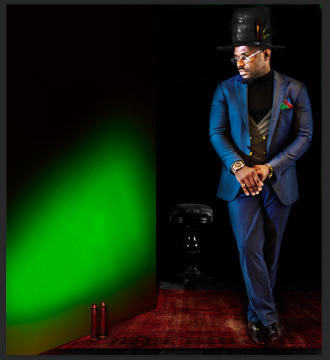
Actor, producer, entrepreneur, singer-songwriter
Born in Libreville, Gabon
Over 150 movies

Actress, producer, director, host
Born in Lagos, Nigeria
10 movies, multiple TV series

Actor, comedian, author
Born in Port Harcourt, Rivers State, Nigeria
Over 15 movies, multiple TV series and stage plays

Actress, director, writer, producer, model
Born in Ngor Okpala, Imo State, Nigeria
Over 100 movies
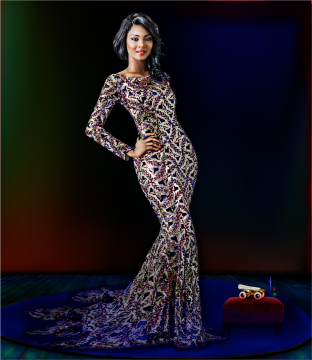
Actress, producer
Born in New York, NY
Over 30 movies, 10 TV series, 10 stage productions

Actress, director, talk show host, entrepreneur
Born in Port Harcourt, Rivers State, Nigeria
Over 80 movies

Actor, producer, model
Born in Lagos, Nigeria
7 movies, 5 TV series, multiple theater and musical performances
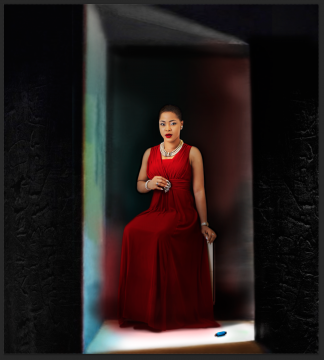
Director, producer
Born in Lagos, Nigeria
8 movies, 5 short films, 2 documentaries, 14 TV series

Director, screenwriter, producer
Born in Benin City, Edo State, Nigeria
Over 200 movies
The exhibition was guest curated by Selene Wendt.
Iké Udé
“Artistic truth is superior to quotidian truth.”
—Iké Udé, 2017
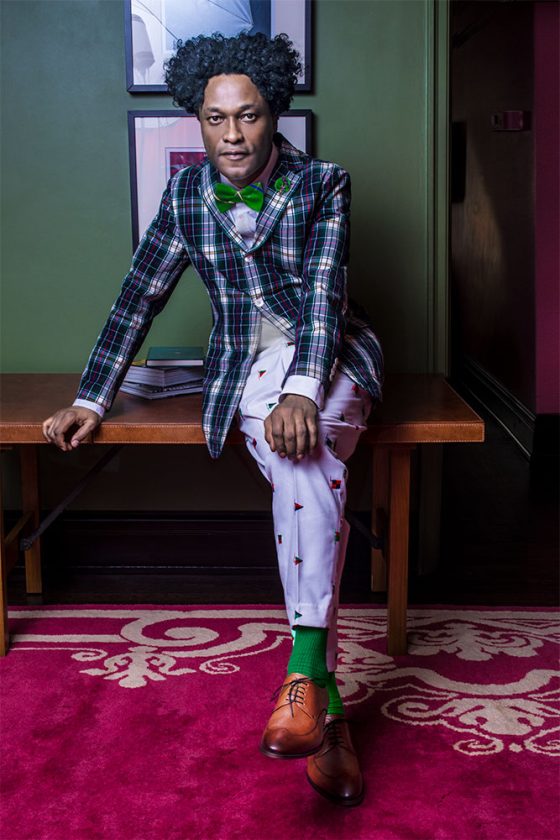
Throughout his career, artist Iké Udé (b. 1964, Lagos, Nigeria) has consistently challenged distinctions between art, performance, and style and has positioned himself at the forefront of each. Udé is perhaps most widely recognized for his performative, often autobiographical, approach to photography, which is typically bold, ironic, playful, and inquisitive.
With the launch of his art, culture, and fashion magazine aRude in 1995, Udé set the standard for what would become a trend of similar magazines worldwide. The title pays homage to the quintessentially stylish Jamaican rude boys of the 1950s and ’60s.
With the Nollywood Portraits, the artist captures the essence of each of his subjects with the eye of a master painter. A keen student (and critic) of art history, Udé brings in stylistic elements reminiscent of David (1784–1825, French), Ingres (1780–1867, French), Sargent (1856–1925, American), and Raphael (1483–1520, Italian)—as is evident in The School of Nollywood mural. Udé paints with color and light to create portraits that are tweaked to perfection through a keen attention to detail and use of unusually vivid, vibrant colors. As such, the Nollywood Portraits come across as both timeless and contemporary.
Udé’s photographs speak the rich visual language of classical portraiture, while offering a timely discussion about the social and cultural impact of Nollywood. These portraits convey the presence and elegance of those who have made Nigerian cinema what it is today: a globally recognized movie industry that has captured the hearts of fans worldwide.
—Iké Udé, 2016
About Nollywood
“Nollywood is Africa’s vivid mirror par excellence.”
—Iké Udé, 2016
Nollywood in Focus
1:53 min
Iké Udé, filmmaker and director, Osahon Akpata, project manager
Nollywood, a term coined by New York Times journalist Norimitsu Onishi, refers to Nigeria’s prolific three-billion-dollar film industry. Created by Nigerian actors, writers, producers, and directors who wanted to tell “home-grown” stories, the industry has powerfully shaped how Nigerians and other Africans see themselves and are seen by others. Since the early 1990s, Nollywood has been a vital part of a transnational, transcontinental conversation on Black self-representation that extends from South Africa to Kenya, and as far west as Jamaica and the United States. The fact that Nollywood has its own capital in the United States (Houston) demonstrates its ever-growing global impact.
Each year, Nollywood produces more than 1,500 films in English, Yoruba, Hausa, Igbo, Itsekiri, Edo, Efik, Ijaw, Urhobo, or one of the other more than 500 languages spoken in Nigeria. Ranging from stories of mythic characters to Nigerian kings and their courts, long-suffering wives, Bible-wielding pastors, business tricksters, glamorous young professionals, and émigrés stranded in New York or London, these films reflect the drama and complexity of life—and representation—in Lagos and beyond.
Portrait gallery
Bring your beauty to the museum. Strike a Pose. Tag your art #nollywoodsmithsonian and you might see it here!
The Stars Speak
Click on the image to watch the video.
Upcoming Programs

Prerecorded Masterclass with Iké Udé.
February 25, 2022, 12 a.m.-1 p.m. (9h00 PST, 10h00 CST, 12h00 EST, 17h00 WAT, 18h00 CET)
About this event
Join photographer Iké Udé as he shares creative techniques on setting the stage, styling the sitter, and expanding the art of portraiture with next generation artists.
Participate via NMAfA’s Youtube channel. Registrants will receive an email with instructions on how to access the Masterclass.

Sounds of Nollywood: Episode 1: Setting the Stage
February 26, 8h00 PST, 9h00 CST, 11h00 EST, 17h00 WAT/CET
About this event
Join hosts George Collinet and Eme Awa as they explore the music of Nollywood through the eras!
Go on a journey with Eme Awa and Georges Collinet, the voice of Afropop Worldwide, as they explore the music of Nollywood and its intersections with music, dance, and theater; with a live Q&A session.
Live streamed on Facebook. Registrants will receive an email with instructions on how to access the webinar.
Presented in conjunction with the exhibition Iké Udé: Nollywood Portraits
